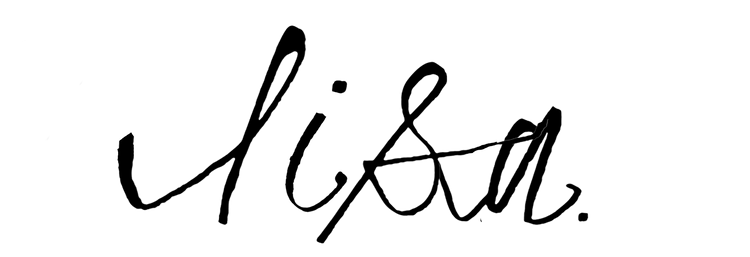I wanted to include our JOY discussion with ideas put forth by some of my favorite writers. First, in Nine Stories, JD Salinger writes this, “The fact is always obvious much too late, but the most singular difference between happiness and joy is that happiness is a solid and joy is a liquid.” So let that sink in while I wow you with some JOY.
There is a lot to be said about JOY. Turns out JOY is one of those emotions people have a hard time describing. A sort of you know it when you feel it kind of thing. Comparisons are made between JOY and Happiness, and even those answers differ. Some will say that happiness is temporary, offering fleeting pleasures and is based on outward circumstances, while JOY is internal and offers happiness combined with feelings of deep contentment and peace. Some argue that happiness is more solid, as JD Salinger suggests, and pertains to something concrete, like winning a prize at a carnival, or finding a $20 bill. Joy is more of a liquid and results from something deep and complex, like becoming a parent, or faith in God. Despite the difference in definition, when it comes to neuroscience there has yet to be a differentiation in how our brains respond to joy versus happiness. Neuroscientist Richard Davidson has discovered that regions of the prefrontal cortex are associated with states of happiness. The specific areas that respond to happiness and therefore joy are the middle prefrontal cortex, specifically the left and right middle frontal gyruses (JYRUSES). Study subjects with high levels of activity in the left middle frontal gyrus reported feeling happy, enthusiastic and alert. They are also more able to avoid difficult emotions and when they did were better able to navigate it than those with high right middle frontal gyrus activity. Subjects showing high levels of activity on the right middle frontal gyrus reported high incidences of anxiety, sadness, and irritability and displayed greater passivity at life’s challenges. They just weren't as well equipped to deal with life’s difficult dramas. The good news is that by stimulating our parasympathetic nervous system, the one responsible for rest and digest, we can actually increase joy states in the body, focusing an increase of activity in the left middle cortex gyrus, helping us to deepen our capacity to handle challenges. Activities, like meditation, mindfulness, and body relaxation help stimulate this process. But that’s nice. So what can the rest of us do between Zoom after Zoom meeting? A quick sure fire way to spark joy in the mind and body is to take a few deep full breaths. I promise this works. Take a deep breath, fill your lungs and hold it for 1 or 2 seconds, then slowly let it go. Yawning also works. It’s not as joyful as heading out to see live music, seeing old friends, or visiting a new city, but it’s a good way to stimulate a joy state from within so we can better experience the full spectrum of happiness that joy offers.
But is that all JOY is? Just the good stuff? I’d say no. The very premise of the name of this podcast, JOY IS NOW is a wink and a nod to the fact that it is all joy. The full spectrum of emotion. Even the uncomfortable ones we want nothing to do with. You don’t get to pick just one. With Joy, comes despair. And that's actually healthy. Feeling joy all the time is not the goal, unless being delusional is high on your list of human traits to acquire. All the things, all the things are JOY. And they are all happening right now. I’m not sure a better example of the full spectrum of joy exists, than a piece of writing from poet Ross Gay. In his bestseller, The Book of Delights, Ross writes, “What if we joined our sorrows. I’m saying, I’m saying: What if that is joy?” And I’m saying, I think he is right.
Thank you for being here.
Listen to this episode of JOY IS NOW here.

Leave a comment